Vietnam
Welcome to Vietnam
Vietnam offers a compelling blend of natural wonders, cultural depth, affordable travel, and warm hospitality. Whether you seek adventure, relaxation, or cultural immersion,
Vietnam, a captivating Southeast Asian country, is a land of breathtaking contrasts and rich cultural heritage. From its vibrant cities and ancient towns to its lush mountains and pristine beaches, Vietnam offers a travel experience that is both diverse and deeply memorable. Whether you are drawn by its natural wonders, historic sites, or culinary delights, Vietnam promises a journey filled with discovery and warmth.
1.
Spectacular Natural Beauty: Vietnam boasts some of the world’s most stunning landscapes, including the iconic limestone pillars of Ha Long Bay, the vast cave systems of Phong Nha-Ke Bang National Park, and the terraced rice fields of Sapa. Its coastline stretches over thousands of kilometers, offering idyllic beaches like those on Phu Quoc Island and the vibrant beach tourism season in Da Nang.
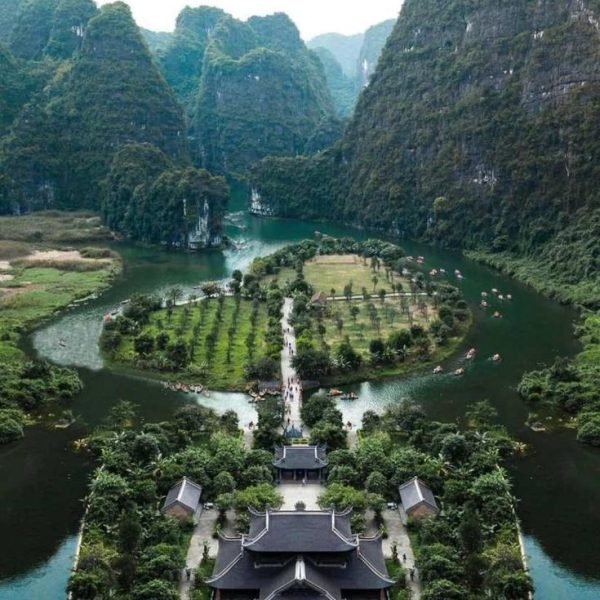
2.
Rich Culture and Warm Hospitality: The country’s history is deeply woven into its culture, visible in ancient towns like Hoi An, imperial cities such as Hue, and the bustling street life of Hanoi and Ho Chi Minh City. Vietnamese people are known for their friendliness and hospitality, making visitors feel welcome and at home.
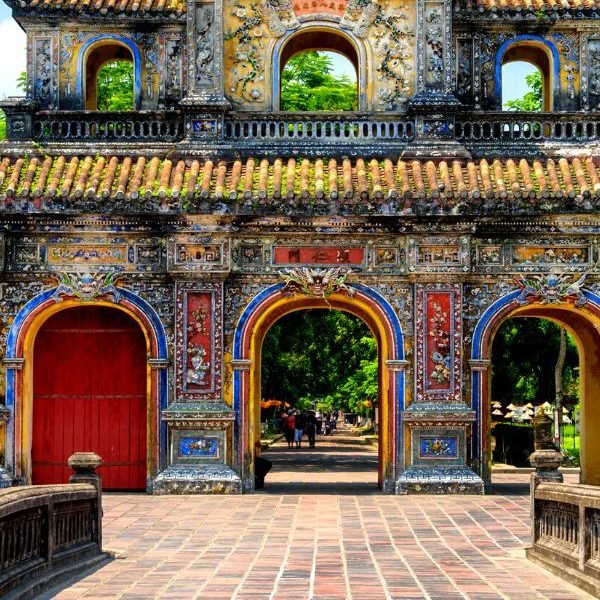
Planning Your Trip
Visa Information
Most travelers to Vietnam will require a visa, but the country offers various visa options depending on your nationality and length of stay. Many nationalities can apply for an e-visa online, which is convenient and quick. It’s advisable to check the latest visa regulations before your trip, as policies may evolve. Some travelers from certain countries may be eligible for visa exemptions or visa on arrival, but it’s important to confirm current rules to avoid surprises.
Best Time to Visit
Vietnam’s climate varies significantly from north to south, so the best time to visit depends on the regions you plan to explore:
- Northern Vietnam (Hanoi, Ha Long Bay, Sapa): The ideal time is from October to December and March to April when the weather is cool and dry.
- Central Vietnam (Hue, Da Nang, Hoi An): February to August is best, avoiding the heavy rains and typhoon season from September to November.
- Southern Vietnam (Ho Chi Minh City, Mekong Delta, Phu Quoc): The dry season from December to April offers sunny days and pleasant temperatures.
Getting To and Around
Getting to Vietnam
Vietnam is well-connected internationally with major airports in Hanoi (Noi Bai International Airport), Ho Chi Minh City (Tan Son Nhat International Airport), and Da Nang International Airport. Direct flights are available from many countries, making entry convenient.
Getting Around
Traveling within Vietnam offers a variety of options:
- Domestic Flights: Quick and affordable flights connect major cities and tourist destinations.
- Trains: The Reunification Express train runs between Hanoi and Ho Chi Minh City, offering scenic views and a unique travel experience.
- Buses: A network of buses serves cities and rural areas, suitable for budget travelers.
- Motorbikes: For the adventurous, renting a motorbike is a popular way to explore, especially in rural and mountainous regions.
- Ride-Hailing Apps: Services like Grab provide convenient transport in urban areas.
- Bicycles and Walking: Many towns like Hoi An are best explored on foot or by bicycle to soak in the local atmosphere.
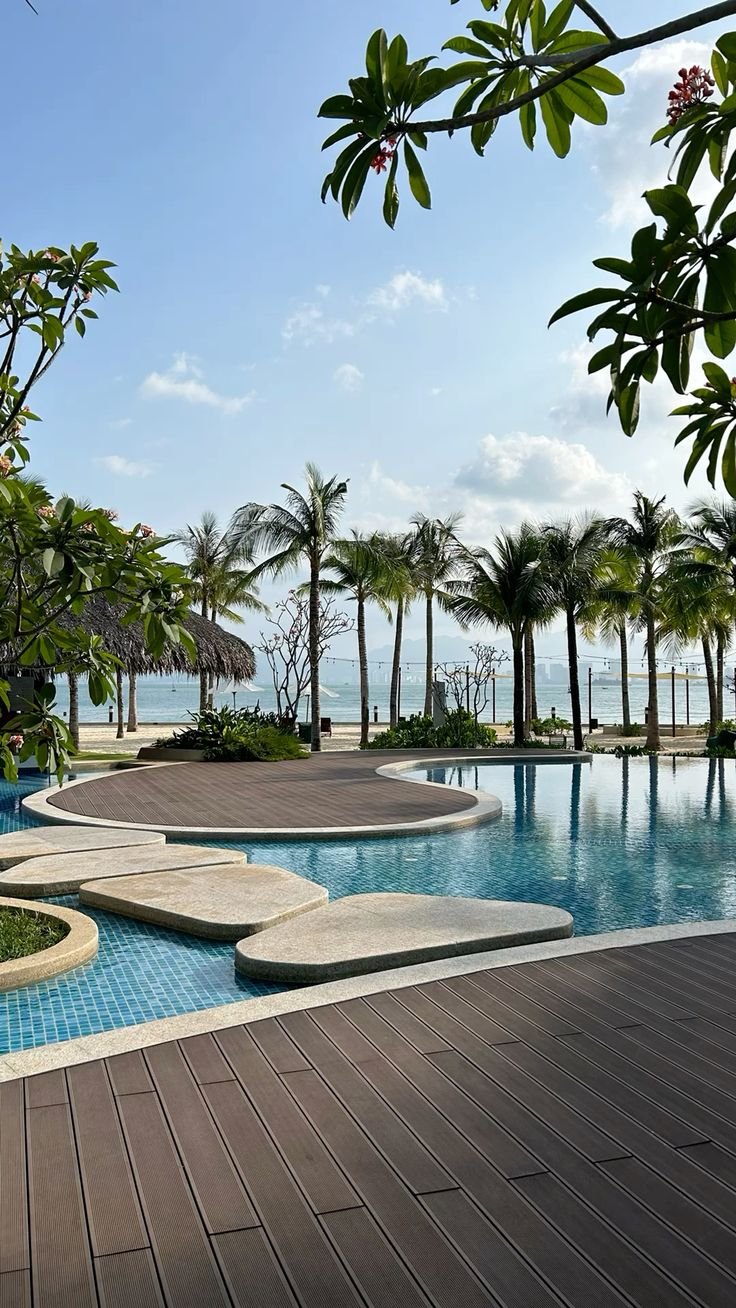
Accommodation
Vietnam’s charm extends beyond its stunning landscapes and rich culture to include a vibrant hospitality scene and a culinary tradition that delights all senses. Whether you seek luxury, budget-friendly stays, or authentic local experiences, and whether you want to savor street food or fine dining, Vietnam in 2025 offers something for every traveler.
Accommodation Options
Vietnam’s accommodation options are impressively diverse, catering to all budgets and tastes, from backpacker hostels to five-star resorts.
- Luxury Resorts and Hotels: For travelers seeking indulgence, Vietnam boasts world-class resorts often set in breathtaking locations. The Four Seasons Resort The Nam Hai near Hoi An offers spacious villas with private pools on one of the country’s most beautiful beaches, blending Vietnamese elegance with modern luxury. In Mui Ne, the Anantara Mui Ne Resort features sleek, contemporary rooms and pool villas with access to a pristine beach, complemented by wellness facilities like yoga classes and a spa. The Banyan Tree Lang Co offers a boutique experience with hillside villas, private pools, and a range of amenities including golf and watersports, situated near UNESCO World Heritage sites.
- Mid-Range Hotels: Vietnam’s mid-range hotels provide excellent comfort and service at reasonable prices. Hotels like the Haian Beach Hotel & Spa in Da Nang offer superb ocean views, well-maintained pools, spa services, and great dining options. The Au Lac Legend Hotel in central locations combines convenience with amenities such as rooftop pools and herbal steam rooms, making it ideal for both leisure and business travelers.
- Budget and Hostels: For budget-conscious travelers, Vietnam has an abundance of hostels and guesthouses that do not compromise on comfort or atmosphere. Many hostels provide private rooms alongside dormitories, often with added features like rooftop bars, swimming pools, and communal spaces for socializing. These options are popular among backpackers and solo travelers who want to experience local life affordably.
- Unique Stays: Beyond traditional hotels, travelers can immerse themselves in homestays, particularly in rural or mountainous areas like Sapa or the Mekong Delta. These offer cultural exchange opportunities and a glimpse into Vietnamese daily life, often including home-cooked meals and guided local tours.
- Booking Tips: It’s advisable to book accommodations in advance, especially during peak travel seasons or festivals. Online platforms provide extensive listings with reviews and competitive rates, making it easy to find the perfect place that suits your preferences and budget.
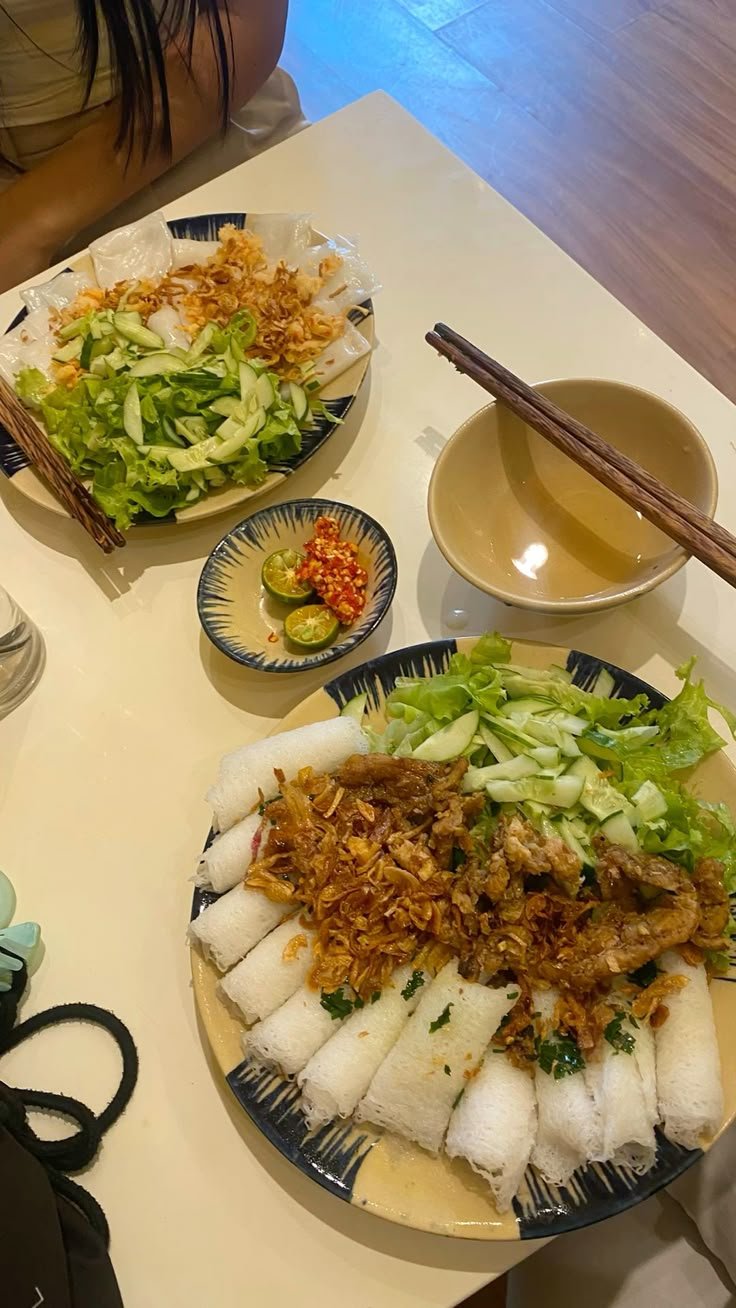
Food and Drink
Vietnamese cuisine is renowned worldwide for its freshness, balance of flavors, and vibrant street food culture. Eating in Vietnam is not just about nourishment but an essential part of the travel experience.
- Street Food: The heart of Vietnamese food culture lies in its street vendors and markets. Cities like Hanoi and Ho Chi Minh City are famous for dishes such as pho (noodle soup), banh mi (Vietnamese baguette sandwich), bun cha (grilled pork with noodles), and goi cuon (fresh spring rolls). Street food is affordable, delicious, and often prepared right in front of you, offering an authentic taste of local life.
- Regional Specialties: Each region of Vietnam has its own culinary identity. Northern cuisine, centered around Hanoi, tends to be subtle and balanced, featuring dishes like cha ca (turmeric fish with dill). Central Vietnam, including Hue and Da Nang, is known for spicier and more complex flavors, with specialties like bun bo Hue (spicy beef noodle soup). Southern Vietnam’s food is sweeter and richer, with fresh seafood and tropical fruits playing a big role.
- Restaurants and Fine Dining: Vietnam’s dining scene has grown to include a wide range of restaurants, from casual eateries to high-end establishments. Cities offer international cuisine alongside elevated Vietnamese dishes prepared with innovative techniques. Many luxury hotels and resorts feature gourmet restaurants where you can enjoy Vietnamese flavors in elegant settings, often paired with fine wines or local craft beers.
- Coffee Culture: Vietnam is famous for its coffee, particularly the strong, sweet ca phe sua da (iced coffee with condensed milk). Coffee shops are ubiquitous, ranging from street stalls to stylish cafes that serve as social hubs. The coffee culture is an integral part of daily life and a must-try experience for visitors.
- Drinks: Besides coffee, Vietnam offers a variety of local beverages including fresh fruit juices, herbal teas, and the popular bia hoi — a light, fresh draft beer enjoyed in lively street-side bars. For those interested in spirits, rice wine and local liquors provide a taste of traditional Vietnamese drinking customs.
Tips for Food and Accommodation
- When trying street food, look for busy stalls with high turnover to ensure freshness.
- Accommodations near city centers or popular tourist areas offer convenience but exploring more remote or coastal locations can provide peaceful retreats and unique experiences.
- Many hotels and resorts now emphasize sustainability and local sourcing, giving travelers the chance to support eco-friendly tourism.
- Vietnamese hospitality is warm and welcoming; don’t hesitate to ask locals for their favorite places to eat or stay.
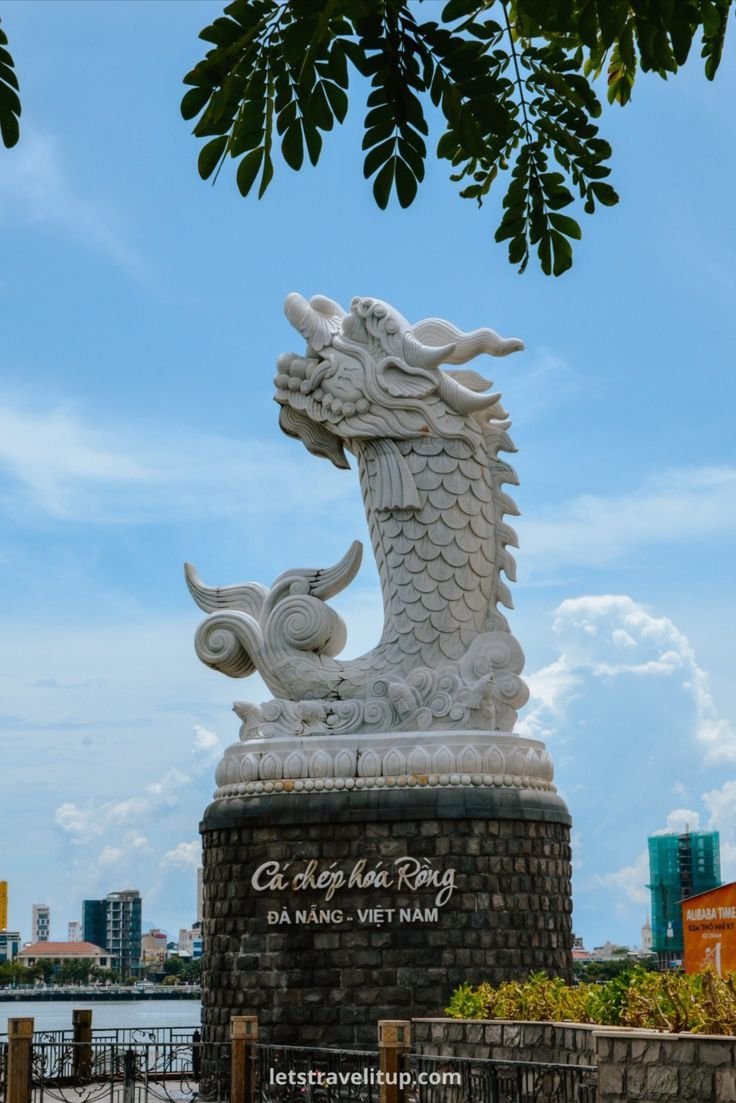
Must-See Attractions
Ha Long Bay
One of Vietnam’s most iconic natural wonders, Ha Long Bay is a UNESCO World Heritage Site famous for its emerald waters dotted with thousands of towering limestone islands and karsts. Visitors can explore the bay by boat cruises that range from day trips to overnight stays on traditional wooden junks. Kayaking through hidden caves and secluded beaches, visiting floating fishing villages, or simply soaking in the mystical atmosphere of the bay are experiences not to be missed. Ha Long Bay’s dramatic scenery is poetic on sunny days and hauntingly beautiful when shrouded in mist, making it a photographer’s paradise.
Hanoi’s Old Quarter
The Old Quarter in Hanoi is a vibrant maze of narrow streets, bustling markets, and centuries-old architecture. It is the heart of the city’s cultural and commercial life. Walking through the Old Quarter, you’ll find traditional shops selling silk, handicrafts, and street food stalls offering local delicacies like pho and banh mi. The area comes alive at night with colorful lanterns and lively night markets. It’s a perfect place to immerse yourself in authentic Vietnamese urban life and history.
Hoi An Ancient Town
Hoi An is a beautifully preserved trading port that dates back to the 15th century. Its charming streets are lined with yellow-painted buildings, wooden shop houses, and ornate temples. The town is famous for its tailor shops, lantern festivals, and riverside cafes. Hoi An’s blend of Vietnamese, Chinese, and Japanese architecture tells the story of its multicultural past. Visitors can also enjoy nearby beaches and countryside bike rides through rice paddies.
Sapa and the Northern Highlands
Nestled in the misty mountains of northwest Vietnam, Sapa is renowned for its breathtaking terraced rice fields, ethnic minority cultures, and cool climate. It’s a haven for hikers and nature lovers, with trails leading through traditional villages where you can meet the Hmong, Dao, and Tay peoples. Sapa is also home to Fansipan, the highest peak in Indochina, which adventurous travelers can summit or reach via cable car.
Cu Chi Tunnels
Located near Ho Chi Minh City, the Cu Chi Tunnels offer a fascinating glimpse into Vietnam’s wartime history. This extensive underground network was used by Viet Cong soldiers during the Vietnam War for shelter, communication, and combat. Visitors can crawl through sections of the tunnels, see wartime artifacts, and learn about guerrilla tactics. The site also features a shooting range for those interested in trying authentic firearms.
Mekong Delta
Known as the “Rice Bowl” of Vietnam, the Mekong Delta is a lush, watery region crisscrossed by rivers, canals, and floating markets. Exploring the delta by boat reveals a unique way of life centered around agriculture and fishing. Visitors can visit fruit orchards, traditional villages, and bustling floating markets like Cai Rang. The delta’s vibrant ecosystem and friendly locals provide a peaceful contrast to Vietnam’s cities.
War Remnants Museum, Ho Chi Minh City
For those interested in understanding Vietnam’s complex history, the War Remnants Museum in Ho Chi Minh City is a must-visit. The museum presents detailed exhibits on the Vietnam War, including photographs, military equipment, and personal stories. It offers a sobering but important perspective on the country’s past and its journey toward peace.
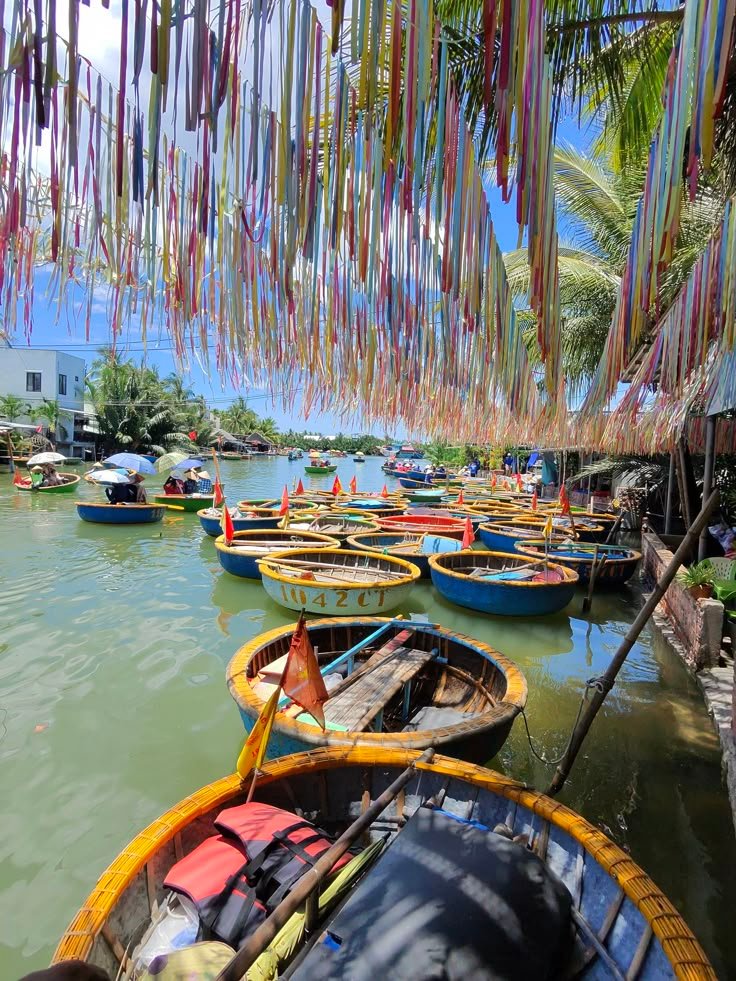
Must-Do Activities
Cruise and Kayak in Ha Long Bay
Exploring Ha Long Bay on a boat cruise is an essential experience. Many cruises offer activities such as kayaking through caves and lagoons, swimming in clear waters, and visiting floating villages. Overnight cruises allow you to enjoy the bay’s tranquility at dawn and dusk, with opportunities for fishing and cooking classes onboard.
Street Food Tour in Hanoi and Ho Chi Minh City
Vietnam’s street food is legendary, and taking a guided food tour is one of the best ways to taste authentic dishes safely. Sample pho, bun cha (grilled pork with noodles), fresh spring rolls, and sweet desserts while learning about the ingredients and cooking methods. Food tours often include visits to local markets and hidden eateries favored by locals.
Trekking and Homestays in Sapa
Trekking through the terraced hills and ethnic villages of Sapa offers a deep cultural and natural immersion. Many tours include homestays with local families, providing insight into traditional lifestyles and cuisine. The trails range from easy walks to challenging hikes, with stunning views of rice terraces, waterfalls, and mountain peaks.
Cycling in Hoi An Countryside
Renting a bicycle to explore the peaceful countryside around Hoi An is a delightful way to experience rural Vietnam. Ride through rice paddies, past water buffalo and farmers, and visit local workshops producing lanterns, pottery, and rice paper. The flat terrain and scenic beauty make cycling accessible for all levels.
Visit Floating Markets in the Mekong Delta
Early morning boat trips to floating markets like Cai Rang or Phong Dien are vibrant and colorful experiences. Vendors sell fruits, vegetables, and household goods from boats, creating a lively trading scene on the river. It’s an excellent opportunity to observe daily life and sample fresh tropical fruits.
Explore the Cu Chi Tunnels
For a hands-on historical experience, crawling through the Cu Chi Tunnels is unforgettable. The site also offers demonstrations of wartime techniques and the chance to learn about the resilience and ingenuity of the Vietnamese people during conflict.
Attend Local Festivals
Vietnam’s calendar is filled with festivals that showcase its culture and traditions. The Mid-Autumn Festival, Tet (Lunar New Year), and lantern festivals in Hoi An provide colorful spectacles, traditional performances, and opportunities to engage with local customs.
Relax on Vietnam’s Beaches
Vietnam’s coastline offers idyllic beaches for relaxation and water sports. Phu Quoc Island is famous for its white sandy beaches and coral reefs, while Da Nang’s My Khe Beach is popular for surfing and beachside dining. The quieter beaches near Nha Trang and Con Dao are perfect for those seeking tranquility.
Visit Ancient Temples and Pagodas
Vietnam’s spiritual heritage is visible in its numerous temples and pagodas. The Perfume Pagoda near Hanoi is a vast complex set in limestone mountains, accessible by boat and hiking trails. The Thien Mu Pagoda in Hue is another iconic site, set on the banks of the Perfume River.
Experience Vietnamese Coffee Culture
Vietnamese coffee is a cultural institution. Spend time in local cafes sipping strong drip coffee with condensed milk or try egg coffee, a unique Hanoi specialty. Coffee shops range from street stalls to stylish modern cafes, offering a perfect pause during your explorations.
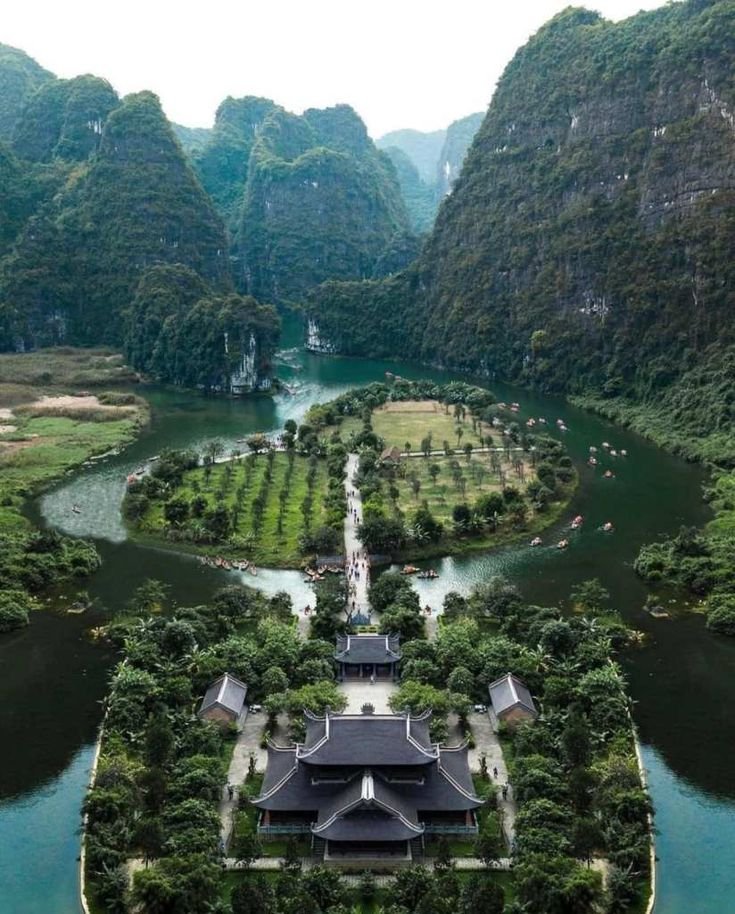
Travel Tips
Traveling to Vietnam in 2025 promises a rich and rewarding experience filled with stunning landscapes, vibrant culture, and warm hospitality. To make the most of your journey and ensure a smooth, safe, and respectful visit, it’s essential to be well-prepared. Here’s a comprehensive guide covering important travel tips including safety advice, local customs, and useful language basics.
Safety Advice
Vietnam is generally a safe destination for tourists, including solo travelers and women, but like any popular tourist country, it requires some common-sense precautions.
General Safety Precautions
- Exercise Normal Safety Awareness: Petty crimes such as pickpocketing and bag snatching can occur, especially in crowded places like markets, tourist hotspots, and public transport. Always keep your belongings secure and avoid flaunting expensive items like cameras, jewelry, or large amounts of cash.
- Secure Your Valuables: Use cross-body bags with zippers and keep wallets, phones, and passports close to you. When not needed, store valuables in hotel safes. Avoid leaving belongings unattended in cafes or on beaches.
- Beware of Drink Spiking: When enjoying nightlife or bars, never leave your drinks unattended to avoid risks like drink spiking or methanol poisoning.
- Taxi and Transport Safety: Use reputable taxi companies such as Mai Linh or Vinasun, or reliable ride-hailing apps like Grab. Avoid unlicensed taxis or accepting rides from strangers. Always confirm the fare or insist on the meter being used to prevent overcharging or scams.
- Motorbike Safety: If you rent a motorbike, ensure you have a valid international driving license, always wear a helmet, and familiarize yourself with local traffic rules. Traffic can be chaotic, especially in big cities, so stay alert and cautious.
- Emergency Contacts: Save local emergency numbers on your phone. Dial 113 for police, 114 for fire, and 115 for ambulance services.
Health and Medical Tips
- Drink bottled water and avoid ice from questionable sources.
- Eat freshly cooked food and be cautious with street food vendors, choosing busy stalls with high turnover.
- Carry basic medications and insect repellent, especially if visiting rural or forested areas.
- Consult your doctor before traveling for recommended vaccinations and health advice.
Avoiding Scams
- Book tours, cruises, and activities through reputable agencies with good reviews.
- Negotiate prices upfront for taxis, souvenirs, and services to avoid misunderstandings.
- Be cautious of unsolicited offers or overly friendly strangers proposing deals.
Local Customs
Vietnamese culture is rich and steeped in tradition, and respecting local customs will enhance your experience and interactions.
Dress Code and Behavior
- Dress Modestly: Vietnam is generally conservative. It’s respectful to cover shoulders and knees, especially when visiting temples, pagodas, or rural areas. Avoid revealing or overly casual clothing.
- Shoes Off Indoors: Always remove your shoes before entering someone’s home or religious sites.
- Respect Elders: Vietnamese society places great importance on respect for elders. Greet older people politely and avoid raising your voice or showing impatience.
- Public Displays of Affection: These are generally frowned upon, especially in rural areas. Keep affection discreet.
- Politeness: Use both hands when giving or receiving something, such as money or gifts, to show respect.
Social Interactions
- Greetings: A slight bow or nod is common, accompanied by a smile. Handshakes are becoming more common but tend to be gentle.
- Photography: Always ask permission before photographing people, especially in rural communities or religious ceremonies.
- Tipping: Not mandatory but appreciated in restaurants, hotels, and for guides or drivers. Small tips are customary.
Festivals and Traditions
- If your visit coincides with festivals like Tet (Lunar New Year) or the Mid-Autumn Festival, participate respectfully and enjoy the cultural displays, but be mindful of local customs and avoid disruptive behavior.
Language Basics
While English is increasingly spoken in tourist areas, learning some basic Vietnamese phrases will greatly enhance your interactions and show respect for the local culture.
Common Greetings and Phrases
- Hello: Xin chào (sin chow)
- Thank you: Cảm ơn (gahm uhn)
- Yes: Vâng (vuhng) or Dạ (yah) – the latter is more polite
- No: Không (khong)
- Please: Làm ơn (lahm uhn)
- Excuse me / Sorry: Xin lỗi (sin loy)
- How much does it cost?: Bao nhiêu tiền? (bao nyew tee-en)
- Where is…?: Ở đâu…? (uh dow)
- Help!: Cứu với! (koo voy)
Numbers
- One: Một (moht)
- Two: Hai (hi)
- Three: Ba (bah)
- Ten: Mười (moo-ee)
Useful Tips
- Vietnamese is a tonal language, so pronunciation matters. Don’t worry about perfection; locals appreciate any effort.
- Use polite particles like “ạ” (pronounced “ah”) at the end of sentences when speaking to strangers or elders to show respect.
- Carry a phrasebook or translation app for quick reference.
Final Thoughts
Additional Practical Travel Tips
- Visa and Documentation: Ensure your visa is valid and matches your travel plans. Keep photocopies of your passport, visa, and important documents separate from originals.
- Money: The Vietnamese Dong (VND) is the currency. ATMs are widely available in cities but carry some cash for rural areas. Avoid exchanging money with street vendors.
- Connectivity: Buy a local SIM card for affordable internet access and navigation.
- Weather Awareness: Vietnam’s climate varies from north to south and season to season. Pack accordingly and stay updated on weather forecasts to avoid disruptions.
- Respect Traffic Rules: When crossing streets, walk steadily and confidently, as traffic moves fast and unpredictably. Use pedestrian crossings where available.
By following these travel tips, you’ll enjoy a safe, respectful, and enriching experience in Vietnam. The country’s warmth, beauty, and culture will leave you with memories to cherish for a lifetime. Embrace the adventure with an open heart and a mindful approach, and Vietnam will welcome you with open arms.

